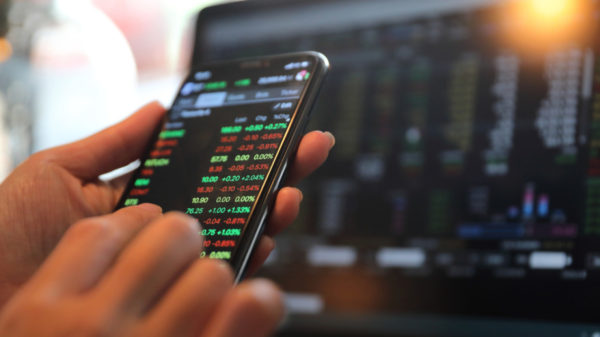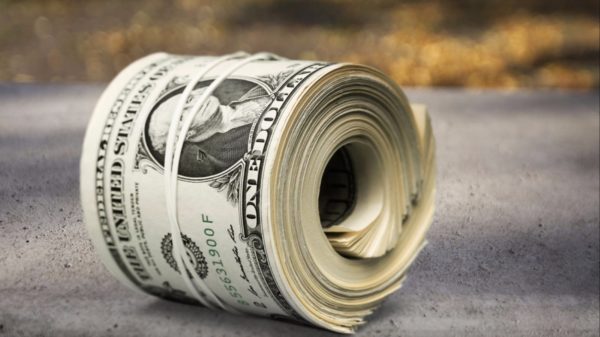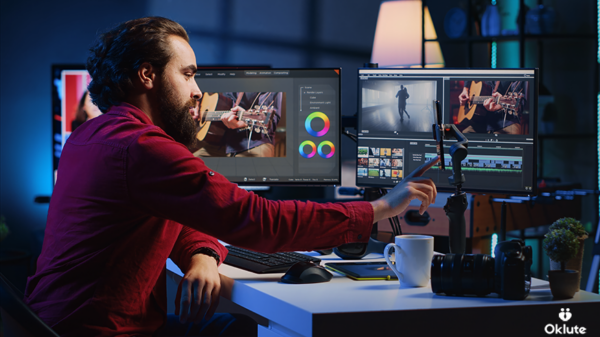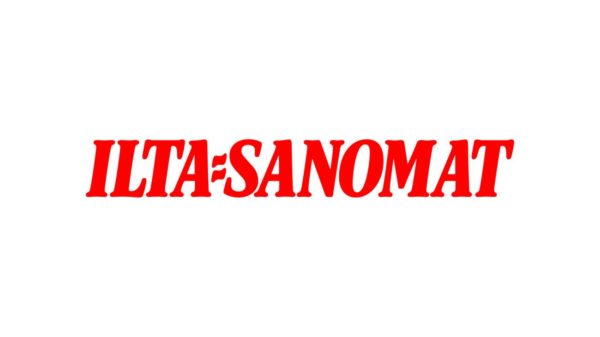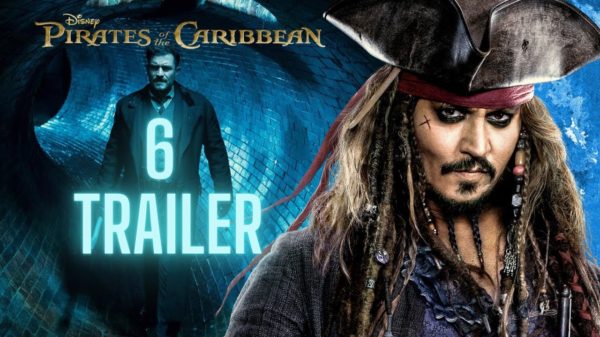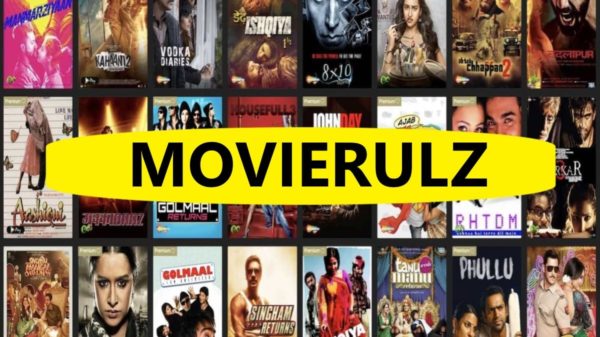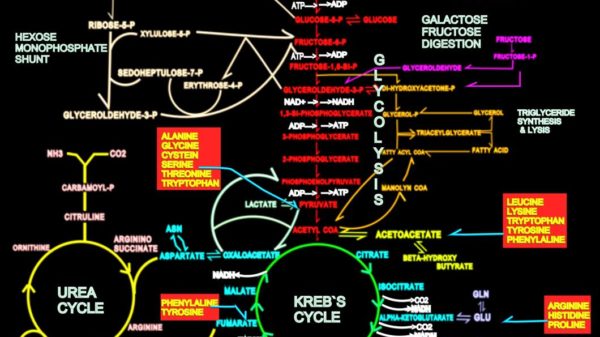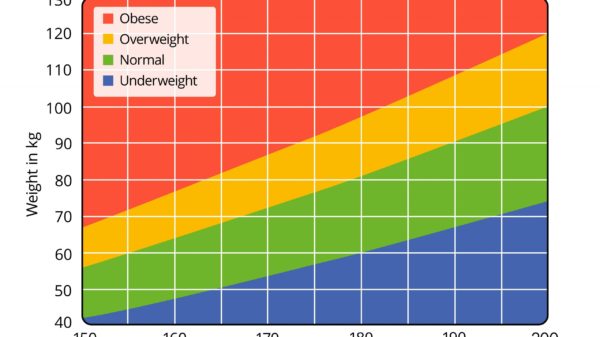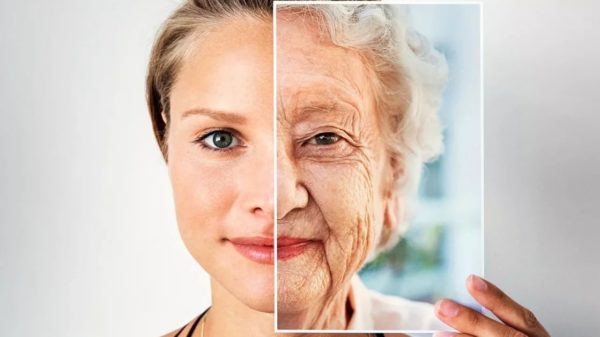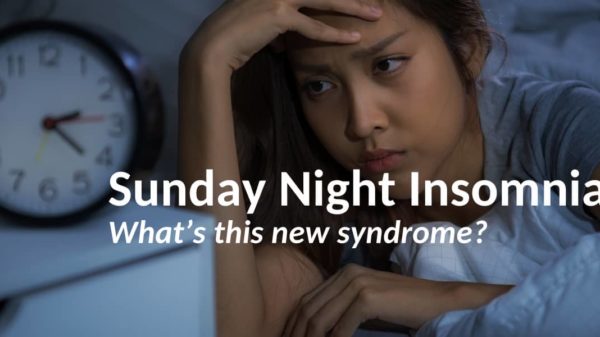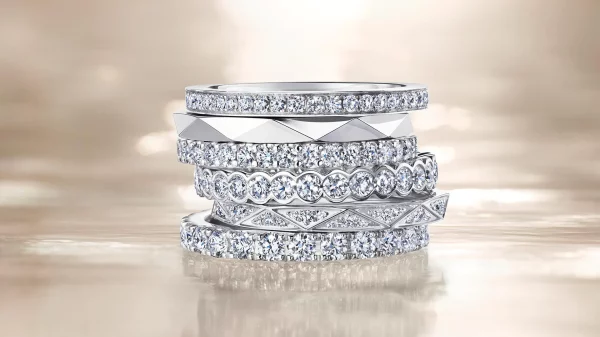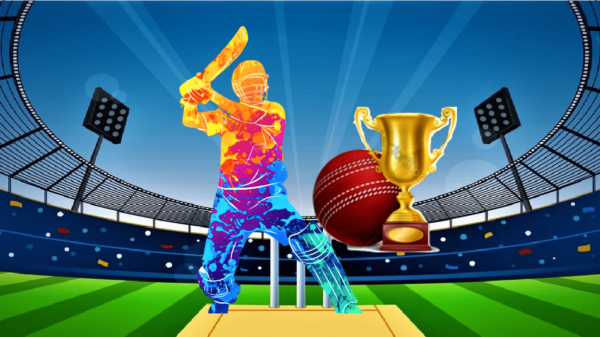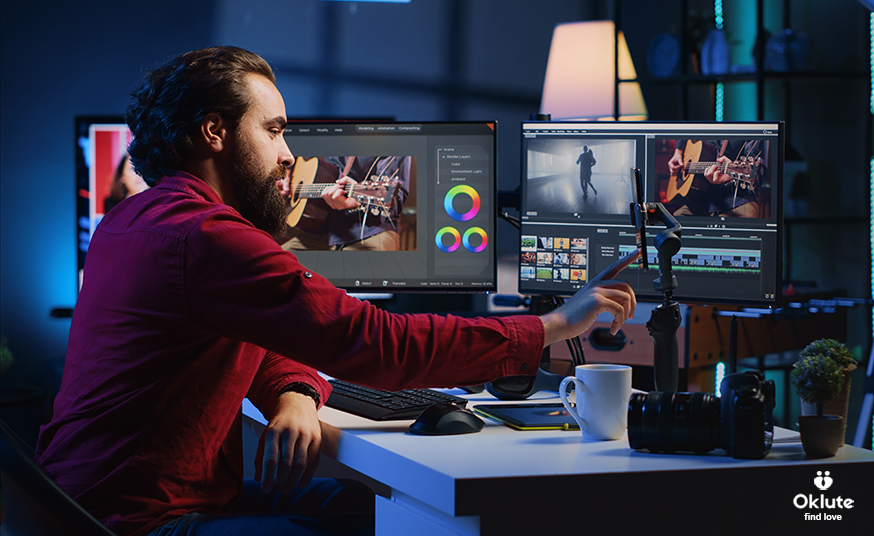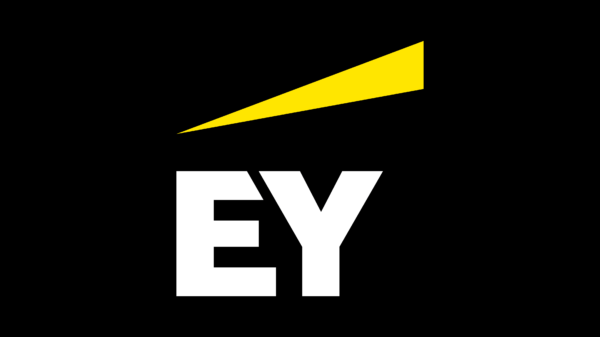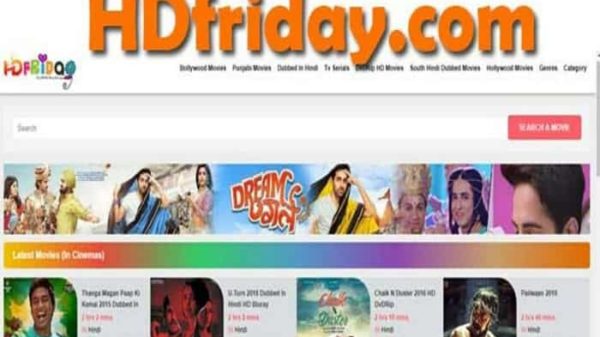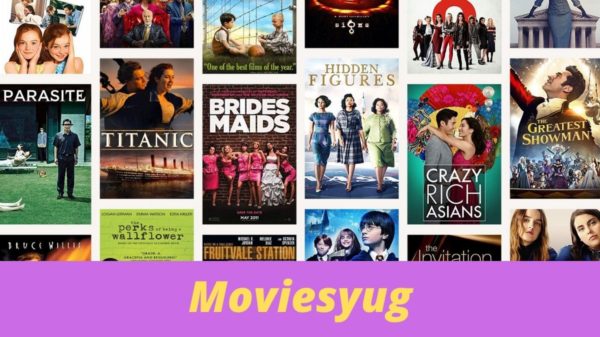Film editing is often referred to as an invisible art, in the sense that it contributes so much to the finished product of the movie but it is hardly observed by the audience. It is an artistic work that entails choosing, organizing and combining a number of scenes into a logical narrative. The editor’s responsibilities go beyond the mechanical aspects only; it is rather an art form that expects one to appreciate plot, tempo, and image formation.
The editors are provided with a large, often heterogeneous body of raw audio and video material, which should be converted into an engaging finished movie. It would entail removing certain shots or scenes, reordering the shots and scenes and even introducing sounds and music. A number of certain decisions made by an editor can transform the entire outlook and pacing of a movie which makes an editor’s position very important in film production.
The Impact of Film Editing on Emotion and Audience Engagement
A film’s emotional resonance for the viewers is frequently dependent on the editor’s decisions on how the shots ought to be sequenced, combined and presented. Editors wield tremendous power over how audiences experience emotions at specific moments through their management of the timing and sequencing of different clips. As an example, a cut may be made to either the close-up of a character’s face or that character’s surroundings in order to illustrate the character’s psychological state, or create tension.
This technique can be effective such that the audience starts feeling for the characters and the situations. Bringing it all together, the combination of sound track and sound design over the picture edit can evoke emotions in the viewer; a simple precision edit cut works in ever synergy with a perfect timed emotional track to elect tears or laughter from the viewers in just a matter of seconds. In the same way, call girls in Bangalore and other similar services aim at crafting unique experiences that are efficient and consist of total emotional integration. Therefore, it means that an editor cannot simply be someone who assembles the raw footages of a film, but has to construct a landscape of feelings that will helter-skelter the viewers attention from one scene in a film to the next.
Also, the editor increases the audience’s engagement by constructing suspense and surprise by innovative cuts. In this case, the information is concealed or presented in just the appropriate time to keep the audience anxious and inquisitive to know the next course of action. This control of flow of information is commonly found in thrillers or horror films where the timing and the speed of delivery are very important in creating suspense.
The Collaborative Process of Film Editing with Directors and Producers
The entire procedure of film editing is a team effort; it requires that the editors constantly communicate with the director as well as the producer. This partnership is crucial, to ensure that the end product is how the director envisioned married with the production needs. There are filmmakers who picture their films in a very specific way even before they start filming, and it is up to the editors to know what such filmmakers want, while also understanding what the film requires from them.
This functional relationship also bears productive conflicts especially in respect of the pacing and ordering of shots or the telling of the story. For instance, while trying to edit the footage, an editor might suggest a different action than the one which the footage seems to promote, while trying to correct how the story is narrated. In the same way, Cardiff escorts are very good and flexible forming very peculiar ways of ensuring that every experience meets individual needs. Such mechanisms ease the burden in the creative process resulting in improved output.
Also, it is not uncommon for the producer to assist with communication and the flow of information between all departments of the production team, in order to keep them focused on the objectives and the schedule. Editing depicts the essential features of film activities. It is not just cutting of the shot but bringing together various peoples’ points of view to develop a story that makes sense to the audience.
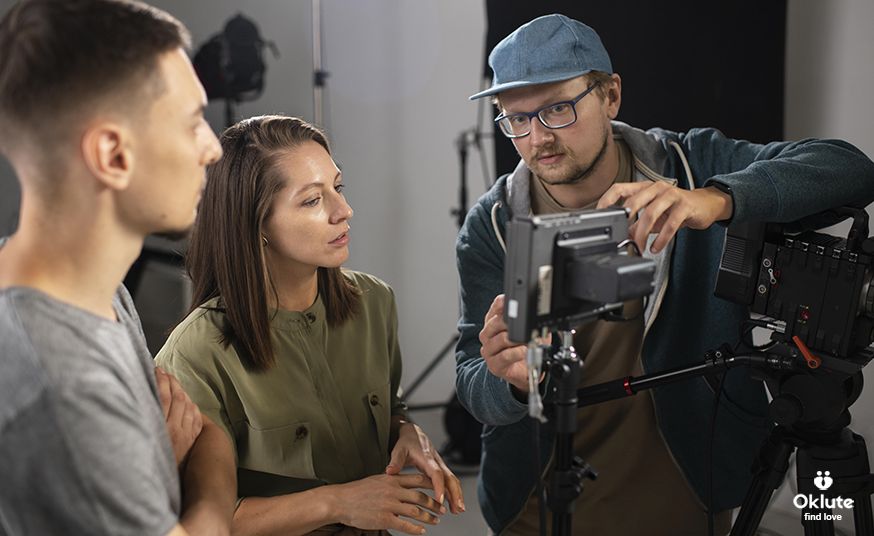
Examples of Masterful Film Editing in Iconic Movies
Over the years, there have been countless films that have received accolades for the exceptional editing that has been done, both the audiences and the film critics. One of them is the Alfred Hitchcock film Psycho, with editing done by George Thomasine. The famous shower scene which is a classic of every type of editing, contains a series of rapid close ups of the face of Marion Crane, the knife, and the water on her body and manages to instill fear that has stayed consisted in the minds of every viewer. In the same way, logically arranged experiences are designed by providers such as Perth escorts and leave their clients with short but sweet memories.
The accuracy in the assembly of these shots maximizes the tension and also produces physical response from the audience. Every one recalls the power of cut in relation to film editing. S est. sharp contributes Good form and other works composed by Ernest Hemingway exude impeccable control and rhythms of a drum. And another perfect example to which her name cannot fail to be included is “Whiplash” which came out under the direction of Damien Chiseller and edited by Tom Cross.
Editing tells the story but also clips and frames the narrative in the sequence that provides the viewer with the most enjoyment without wasting time and effort on purposeless cuts. Films of the past and present have shown how an ordinary audience can experience the effects of editing, creating an illusion of some timeless power of it as an art and as a means of storytelling in cinema.


















